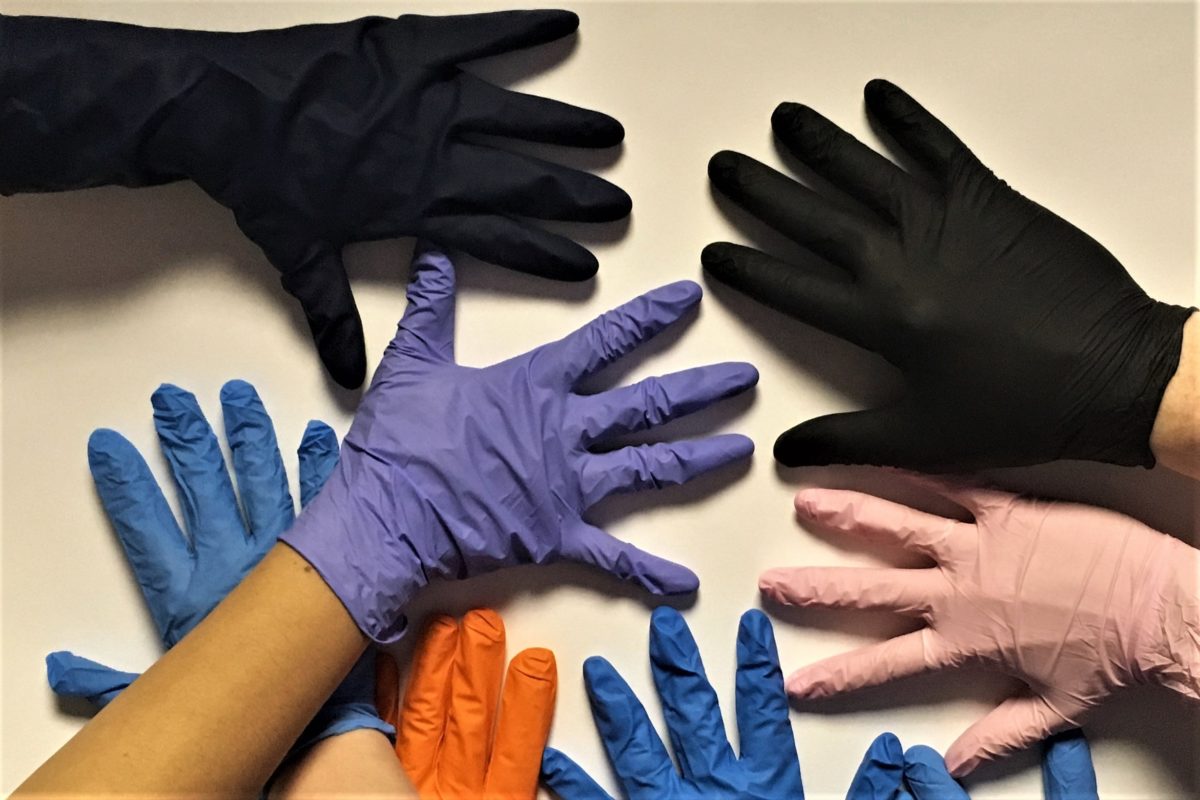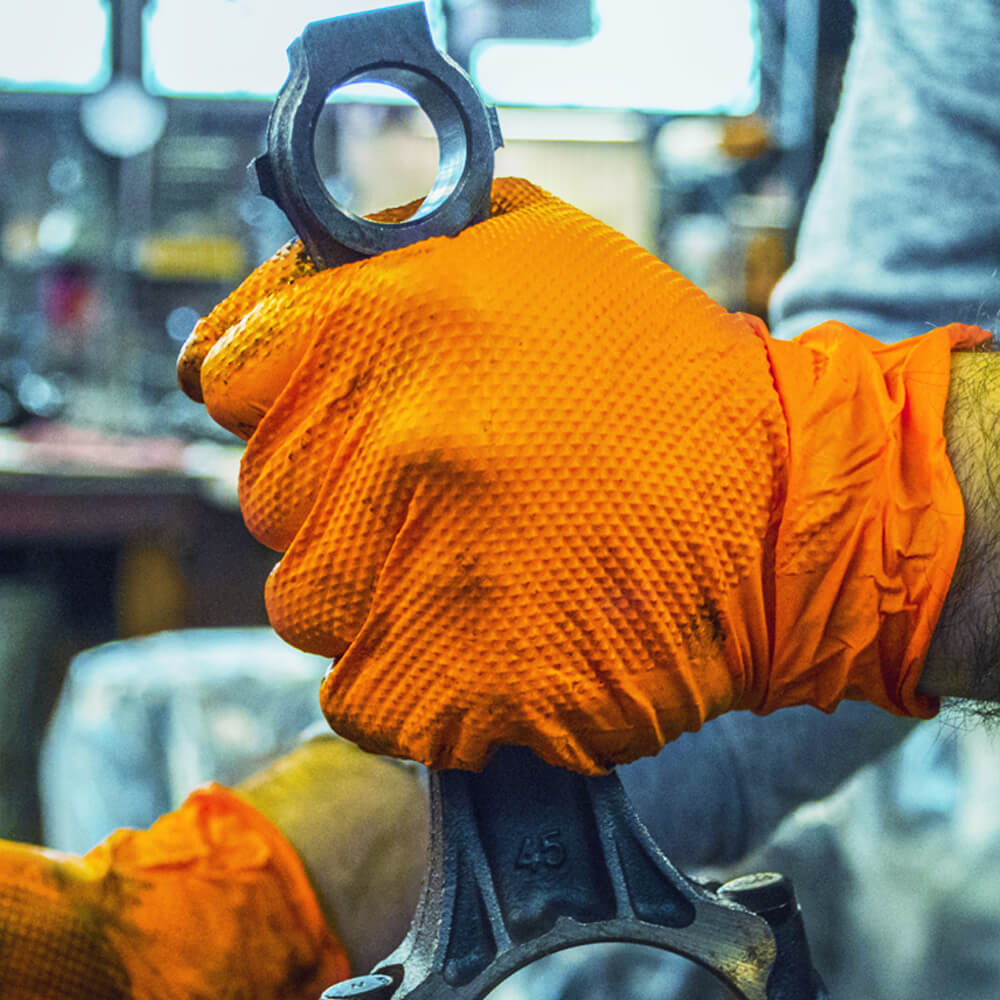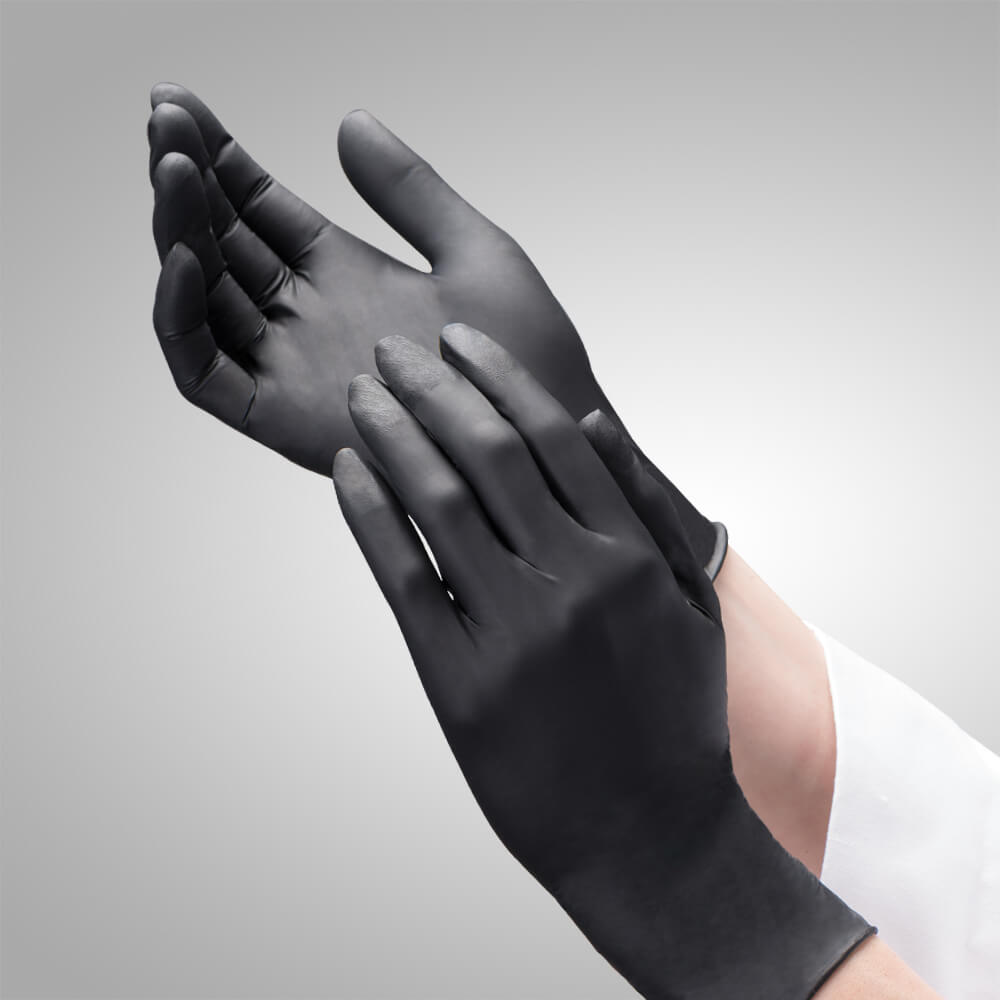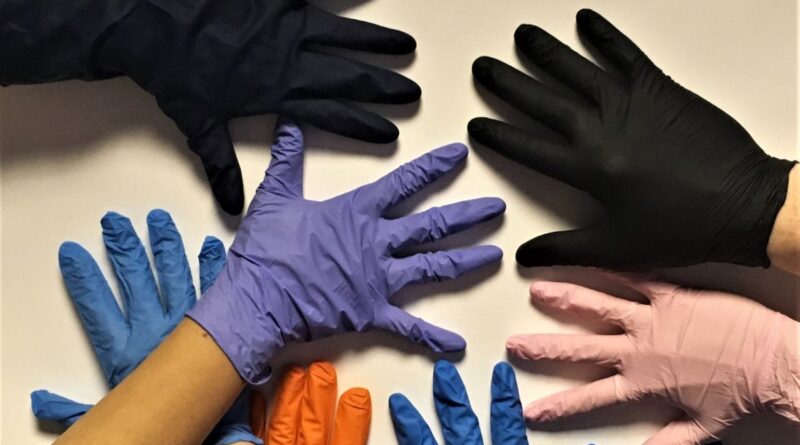Many workers find it difficult to comply with the use of gloves in a work setting. Traditionally, people thought not using gloves was a sign of resilience and toughness. Some people found it difficult to hold a firm grip on tools with gloves on. But the truth is, gloves make your work easier to do and a lot safer.
There exists a wide variety of gloves today that serve a broader range of uses than ever before. Choosing the right type of glove can make a difference in preventing injuries or hazards such as heat, sparks, or chemical infection.

source: superiorglove.com
As far as disposable gloves go, nitrile gloves are known to be the toughest disposable gloves that offer the most protection to the wearer. As such, they have usurped latex gloves as the most popular type of gloves in many Canadian industries today among many more other reasons.
They, nitrile gloves Canada, can be color-coded to avoid confusion at work, can provide high-quality resistance, and are latex-free for those who are allergic to latex. It is estimated that nearly a million Canadians have allergies to natural rubber latex.
Before you proceed to place your order, here’s a comprehensive breakdown of all you need to know about nitrile gloves.
How Nitrile Gloves Are Made

source: ammex.com
Butadiene and acrylonitrile are combined to form nitrile, a synthetic copolymer. This trait is what makes nitrile gloves unable to cause allergic reactions.
The process of making nitrile gloves starts from rubber that’s extracted from rubber trees. The rubber is then converted into latex rubber and reprocessed to the point it transforms into the nitrile compound.
This reprocessing stage is what kills off all latex proteins and is what initially made the cost of nitrile gloves to be high when they first came into the market. However, modern advancements in technology have led to highly effective manufacturing processes that have made nitrile gloves as affordable as latex gloves.
Considerations When Buying Nitrile Gloves
Before buying nitrile gloves, there are certain factors that you need to consider. They include:
1. Grade: Industrial or Medical

source: ammex.com
Nitrile gloves come in two grade options for you to choose from. They can be either medical or industrial. The right grade for you is dependent on how you intend to use the gloves.
Naturally, medical-grade gloves are best suited for someone whose job involves hospital work or handling of contaminants in laboratories. Because of the high risks involving medical grade nitrile gloves, it is recommended that you buy those approved by the Canadian Food Inspection Agency (CFIA) and Health Canada.
If you’re going to be using medical grade nitrile gloves, Canada has also set up certain protocols that should follow such as how they should wear them and how they are going to dispose of the gloves once their work is done.
Industry grade gloves, on the other hand, no pun intended, are meant for use in work areas that involve activities such as food service or janitorial work. The gloves are designed to provide a strong grip for the wearer and they offer great puncture resistance against chemicals and oils.
2. Are They Powdered or Not

source: northstarlight.net
When you buy nitrile gloves, you should bear in mind that they may be either powdered or not. Both options serve different functions so it is up to you to decide depending on your preference.
Powdered nitrile gloves are a popular choice for people working in jobs that involve them taking their gloves on and off constantly. They are also able to absorb moisture and sweat which is a dealbreaker for people whose hands get sweaty.
Non-powdered nitrile gloves don’t leave a messy powdered residue on the hand after removal and can be easily worn and removed.
3. How’s the Texture
If your work involves a lot of handling, you should choose nitrile gloves with a textured finish. Textured gloves come in handy, if you will, for dental work, automotive work, or any field that requires the handling of wet or slippery items.
Most textured nitrile gloves are also finished with a chlorinated coating to reduce stickiness and make it easy to wear and remove. You can tell whether a nitrile glove is textured by looking for a diamond-like pattern across the palm and fingers.
4. Consider Glove Thickness

source: foodincanada.com
The thickness of a glove is measured in mils where 1 mil equates to a thousandth of an inch. So, if a glove is 5 mil, then it is 0.005 inches thick. Nitrile gloves in the market vary in thickness, ranging from 4 to 8 miles (0.004 to 0.008 inches).
It almost goes without saying that a thick nitrile glove will provide you with more protection as compared to a thinner glove. However, thin gloves offer more when it comes to dexterity and touch-sensitivity.
Some people usually opt to wear two thin gloves simultaneously but this tends to increase hand fatigue and cause overheating. As such, double gloving is advised for tasks that will take up a short time.
5. Is the Size Too Big or Too Small
Nitrile gloves come in a variety of sizes and colors that can better your work output and overall safety. As such, it’s fundamental that you view samples before making a full order.
You need to ensure the size is a perfect fit. A small glove will become stretched and might cause the glove to break rendering its use pointless as it will not provide the needed barrier of protection.
In Need of Nitrile Gloves? Canada Has Them Stocked in Plenty
Experts and professionals in industries such as medicine, automotive, food handling, and even tattoo artistry use disposable nitrile gloves for industrial and medical purposes. They do a brilliant job in keeping hands clean and safe from harsh chemicals or tools that could potentially expose them to bacteria or cause them an infection.
When making an order for nitrile gloves, make sure you put all the aforementioned points into consideration. These factors will ultimately make the difference for you in whether or not you’re going to be efficient in your work.




